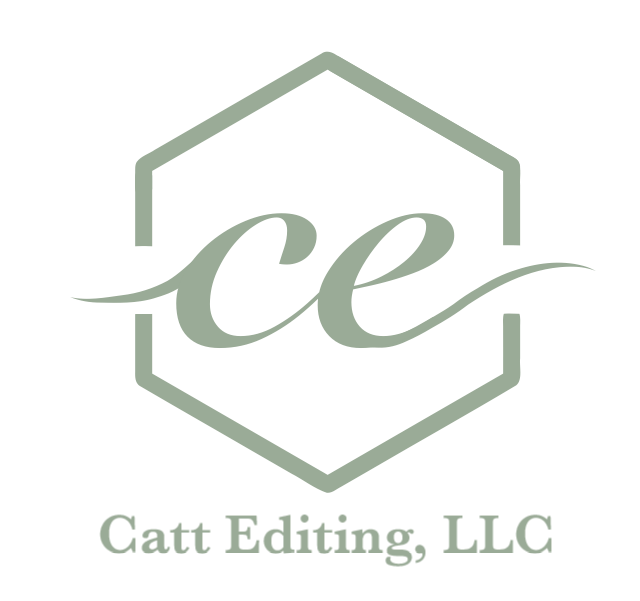Plotter, Pantser, or Plantser?
This guest post was written by Hannah Bauman of Between the Lines Editorial.
Most of us in the writing community know the three major categories writers sort themselves into: plotter, plantser, and pantser. Plotters like to plan everything out. Pantsers like to plan almost nothing. Plantsers are somewhere in between.
Knowing where we fall on this spectrum is helpful, but it shouldn’t be an identity or process we force ourselves into.
Your writing process can be flexible. In fact, I’d argue it should be.
What Does It Mean to Have a Flexible Writing Process?
Your writing process encompasses a variety of things: your level of plotting and planning, whether you work in a writing group or solo, what time of day you write, how early in a draft you get feedback, and even what snacks you keep handy. All of these—and more—play into your overall process.
When I talk about a flexible writing process, I don’t mean that you have to be up for anything, any time. In fact, having a routine can be beneficial. A writing routine helps you focus and get into the act of writing rather than spending a lot of time trying to figure out what’s going on or how to proceed.
Instead, being flexible means acknowledging when part of your routine—or all of your routine—is no longer serving your needs as an author.
How Do You Know if You Need to Adjust Your Writing Process?
If you used to wake up at 5 a.m. all the time to write, but you find it’s making you too tired nowadays, that part of your process is no longer serving you.
If you used to plot out every chapter, character name, world-building element, etc., but it’s not helping you write that brand-new story idea, that part of your process is no longer serving you.
It’s okay to change your writing process if you need to! You don’t have to stick to one way of doing things forever.
Take notice of how you feel as you write. If you have one hard writing day, it may not be a sign that your process needs to change. Hard days are going to happen occasionally. But if it’s something that happens consistently, take a step back and re-evaluate.
How Do You Change Your Writing Process?
The first step is being aware when something isn’t serving you. Take note of any patterns when it comes to writer’s block, fatigue, and frustration, then see if you can trace those back to any aspects of your writing process.
If you can narrow down what part of your process isn’t working, then you can figure out where you might start making some changes.
I used to be a heavy planner, but when I overhauled my new adult fantasy novel for Camp NaNoWriMo in July 2021, I realized that trying to force myself into the plot I’d laid out wasn’t working. So . . . I tried something new! I kept my same characters, basic world-building, and basic plot, but I pantsed almost the entire thing. I didn’t know what a scene would be until maybe 24 hours prior to writing.
That change helped me write over 70,000 words in one month. I’m not saying changing your process will help you write that much, but it can get your creativity flowing again!
Another thing I’ve struggled with in the past is motivation to revise. In 2021, I recruited two alpha readers for my Camp NaNo project. Alpha readers are going to read your totally unedited manuscript, basically reading as you draft, so you need to trust them.
As a professional editor myself, the thought of handing over unedited chapters to alpha readers used to make me nervous. This time, it was a much-needed change to my process. My alphas even had a lot of the same revision ideas I was already thinking of as I wrote, so it’s been a helpful gut check on what’s working in my first draft. They also genuinely enjoyed my story, and that’s great motivation to revise.
If you also struggle with the desire to self-edit (or figuring out the path you should follow), consider introducing alpha readers or a critique partner into your process. Try looking for these in local writer’s groups or on social media.
Pretty much anything in your process can be changed. If you notice areas of resistance or struggle, don’t feel like you have to get your new process “right” in the beginning. It may take some experimenting to see what changes are going to be most effective.
The Bottom Line
Of course, you don’t have to overhaul your writing process in one go. It worked for me for that one project, but that doesn’t mean the next project will have an identical process or timeline.
So much about creative writing is about going with the flow. Be willing to adjust when you need to, and don’t be afraid to experiment with different processes and techniques to find what works best for you!
Hannah is a professional editor and the owner of Between the Lines Editorial. She offers full-service editing with a focus on self-publishing authors. Her goal is to help writers elevate their craft and feel confident in the stories they share with their readers.
Check out her website and Instagram!

